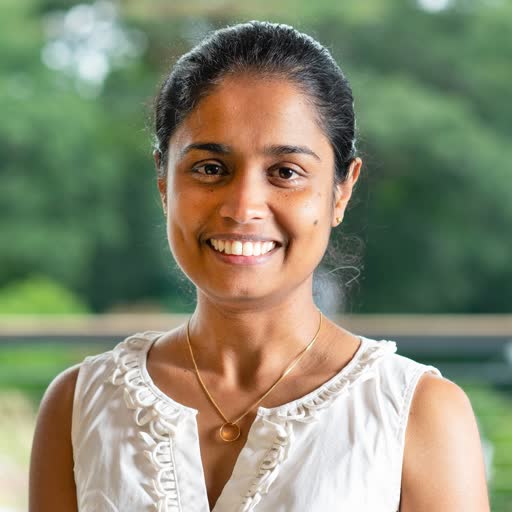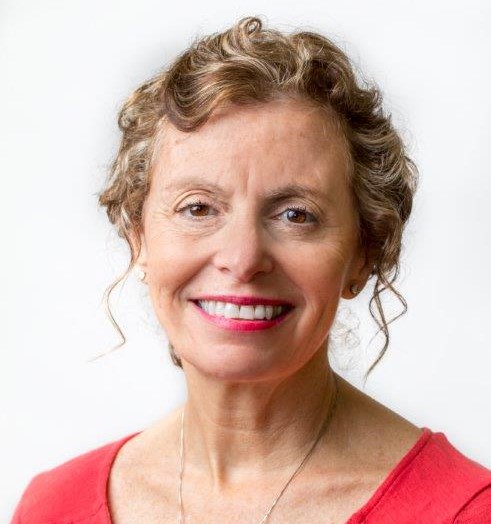
7 Contributions
0 Reports
Mayuri Gilhooly
Pedagogical Methods Used
Peer Instruction / Think-Pair-Share, Collaborative problem-solving, Conceptually-oriented activities, Ranking tasks, Project-based learning, Guided inquiry, SCALE-UP / studio / workshop physics, Modeling Instruction, Experimentally-focused activities
Life Sciences Focus
Pre health
Education Research and Pedagogy Expertise
Active learning assessment development
Describe the courses that you teach for life sciences students
Physics for the life sciences I & II, Statistics for the health sciences
What is your approach to teaching physics for life science students?
Get to know what interests them (students) and look for Physics/Statistics in those areas of interests. Approach concepts conceptually with hands on activities and mathematical reasoning.
CONTRIBUTIONS
Energy Conservation in the Body - how does our body convert energy? A student centered, active-learning study of energy conservation.
Work, Non-Conservative Forces, Conservation of Energy, Mechanical Power
Chemical Energy Conversion, Chemical Energy Storage, Cellular Mechanics, Metabolic Pathways
Help your students "process" with this Active Learning Biomedically Relevant Physics TEXT on Circular & Rotational Motion in the Human Body
Position & Displacement, Center of Mass, Central Forces, Inertia in Motion, Force & Acceleration, Interacting Objects, Action/Reaction, Center of Gravity
Pressure & Fluid Diagnostics, Locomotion and Gait, Biomechanics of Daily Activities
Engage your students in this first chapter of an active learning, fully ADAPTABLE, biomedically relevant introductory physics curriculum.
Position & Displacement, Velocity, Acceleration, Gravitational Acceleration, Moving Reference Frames
Biomechanical, Physical Therapy, Exercise Science, Locomotion and Gait, Kinesiology, Exercise Biomechanics, Biomechanics of Daily Activities
LOGIN or REGISTER to see 3 more contributions, along with recent activity and contact information.


